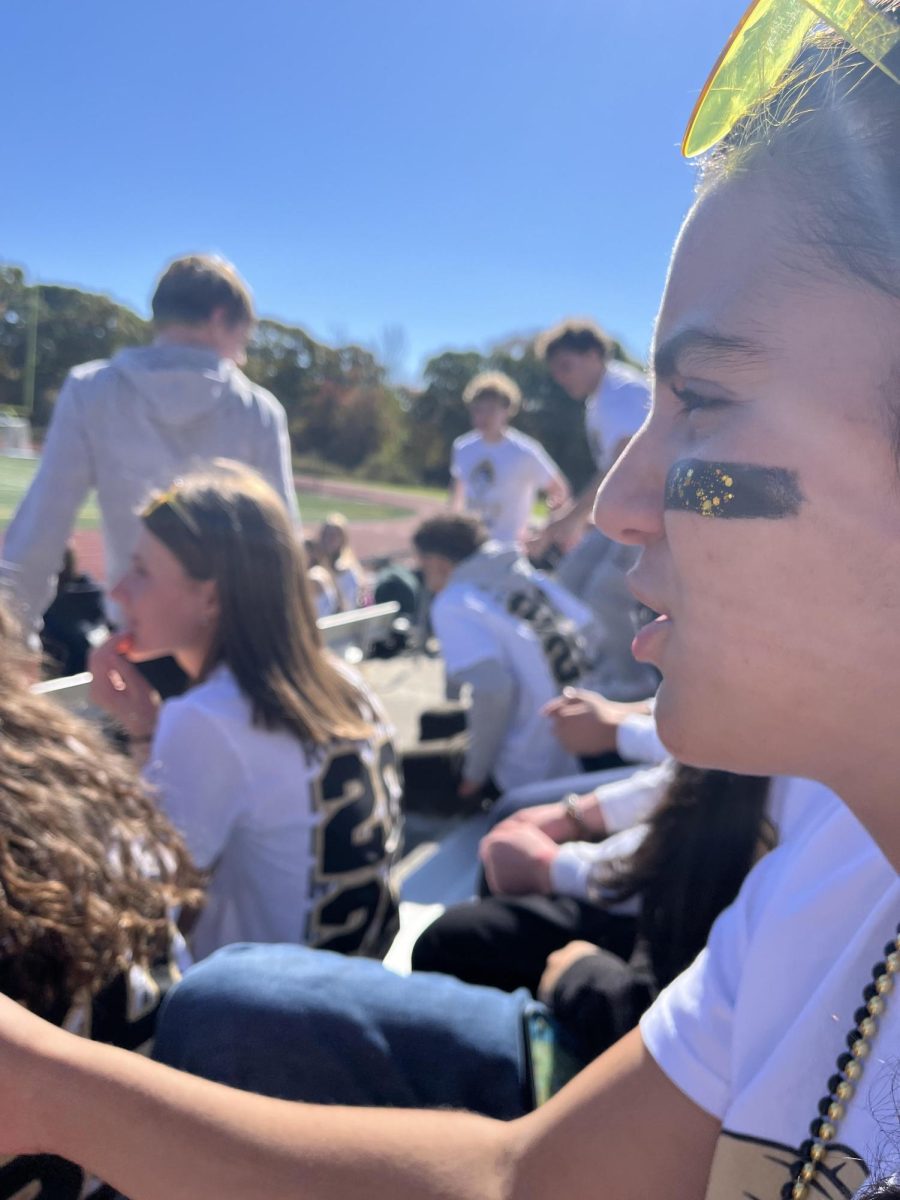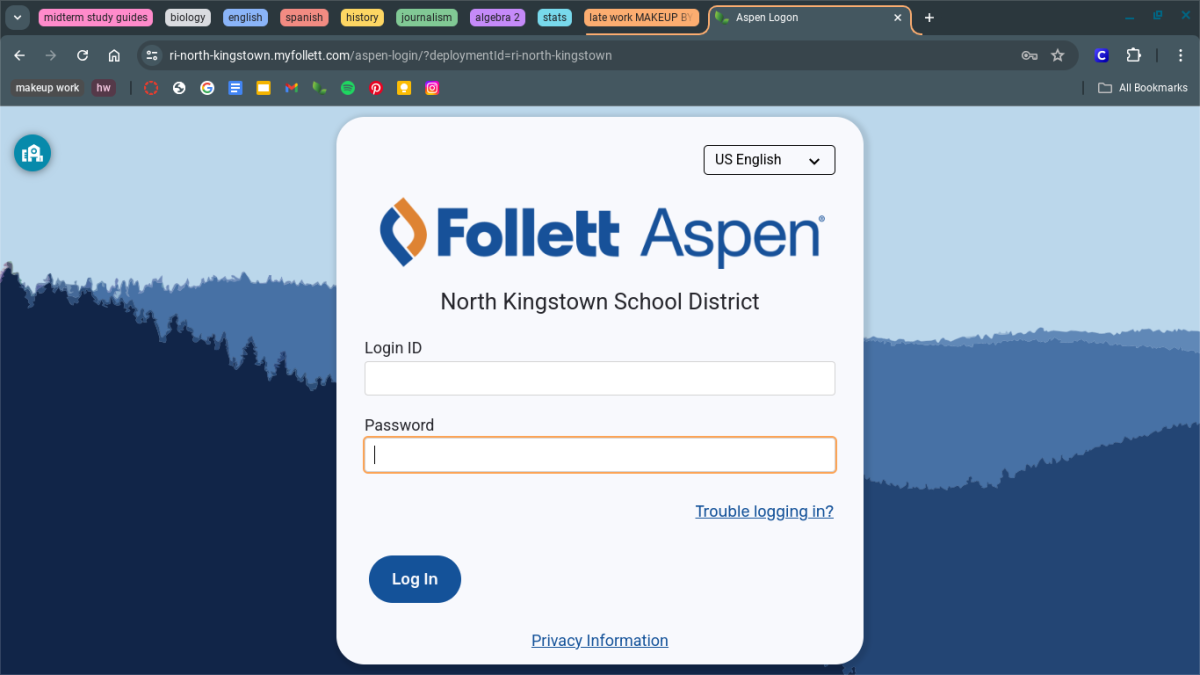Wi-fi: Is it essential?
January 17, 2019
According to a Pew study, the average American teenage girl sends an average of one-hundred messages a day.
[/sidebar]Technology, specifically cell phones, have become a drastically major part of high school students lives. Between social media, texting friends, and playing video games, cell phone access has become a popular topic of discussion during school.
Although, at school students do have access to their cell phones, it has been proven difficult for students to use them effectively because their provider does not have service available to the in the area.
Unfortunately, it has come to students attention that cell phones are barely functionable in school between having to put them away during certain classes or not having access to wifi. Certain classrooms do provide wifi access, as well as the cafeteria, but even then, these services are unreliable.
As freshman Summer Hall says, “Teachers typically have rules in their classrooms as how to handle cell phones. Either having to keep it in holders on the wall, or leaving it in your bag.”
If most students were asked, there would be similar stories about difficulty contacting parents during important events. There are also concerns about contacting parents during emergency situations.
For example, Hall says,”It is hard to get in contact with your parents…or if there is an emergency, you would never known because there is no wifi or service.”
Hall reads into that if your parents ever needed to get in touch with you you could have a hard time responding because of the wifi and service in the building.
“In our art class we had to send in pictures of ourselves, but because we have no wifi in the art classroom, we were not able to send our photos in. Which caused the whole class to be slowed down,” said Hall.
Although this does not happen in many classes, where students are asked to use their phones, it can happen occasionally whether it is to take a picture or google a question. Another point that Hall makes clear is that in her opinion, students at North Kingstown High School do follow majority of rules when it comes to cell phone usage in the classroom, which is not always true.
“In our generation people like to be on their phones a lot, and most people always have them with them, but when a classroom has a cell phone bin, I feel as if students do a good job at putting them in there,” says Hall.
Although Hall brings up aspects of school that seem relevant from a students perspective, Liam Mooney, a history teacher at North Kingstown High School, introduces new ideas about a teacher’s view on overall technology in school.
Mooney says, “I think it is a continual struggle with having students understand when in it appropriate to have a distraction available”.
Money’s statement directly contradicts with Hall’s statement that students do follow the classroom rules when it comes to cell phones.
Although, Mooney does say, “I do understand that it is the twenty-first century and everyone has one,” referring to technology and phones specifically.
So, although a students perspective versus and teachers is very different when it comes to certain aspects, they were able to find common ground that at this time in this generation, technology is a major piece of how today’s generations are being raised.










